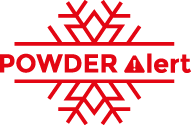

Alpine Responsibility Code
The Mountain Code of Conduct establishes guidelines that promote the harmonious cohabitation of all ski area users and help reduce the risk of injury. It also applies to the snow parks area and the terms "ski" or "skiing" includes all types of activities practiced in a ski resort (snowboarding, telemark skiing, etc.).
For everyone’s safety, including yours, each skier must behave respectfully and comply with the Code and any other rules, regulations and sanctions in effect at the resort. Patrollers may intervene with a person who violates the Code and remove their ski ticket.
1. The Golden Rule: Control!
Keep your speed in check, and always control your direction. Make sure you can stop and avoid any person or obstacle at all times.
2. Priority to those in front of you
Priority is given to people downhill, so you have to go in a direction that ensures the safety of those in front of you.
3. Free up the trail
Only stop in the slope if you can be seen from above and never obstruct the trail.
4. At intersections, yield to those uphill
Yield to skiers and riders uphill of you when entering a trail, or at any intersections.
5. Help The Ski Patrol
If you’re involved in or witness an accident, please remain at the scene and identify yourself to the Ski Patrol.
6. No to substandard equipment
Always use and wear the appropriate device to prevent runaway equipment. The use of the following equipments is not permitted at Mont-Sainte-Anne: snowblades, snowscooters, snowboards, snowskates and boot-skis. It is also forbidden to slide down the slopes on a sled, a crazycarpet, a three-skis or a toboggan. The use of mini-skis is allowed with standard ski bindings.
7. No Drugs, No Alcohol
Do not use the lifts or trails when under the influence of drugs or alcohol.
8. Obey the signs
Obey all signs and warnings and never venture off the trail or onto a closed trail.
9. Be careful on the lifts
Ask the lift attendant for help if you’re not familiar with how it operates. Obey all signs posted on lift towers.
If unfamiliar with a lift's operation, first watch others and learn, or ask for assistance from the lift attendant.
Skiers and riders should be advised that a Green Circle (easy), a Blue Square (difficult), a Black Diamond (very difficult) or a Double Black Diamond (extreme) slope at Stoneham Mountain Resort is not necessarily the same as a similarly rated trail at another ski resort. The rating system is a relative system that is only valid at the ski area where you are. On their first visit, skiers and riders should begin with the easiest trails offered at the mountain, no matter what their ability level may be, until they are familiar with the trails and then work their way to the more difficult ones.
Keep in mind that all poles, flags, fencing and padding on equipment or objects, or any other forms of marking devices used by the resort, are there to inform you of the presence and location of an obstacle or a potential hazard. However, they do not guarantee your safety and will not protect you from injury. It is your responsibility under the Alpine Code of Responsibility to avoid all obstacles or hazards, including those so marked.
Stoneham Mountain Resort require the use of helmets in the snow parks and recommend wearing helmets for skiing and snowboarding in the ski area. Skiers and snowboarders are encouraged to learn about the benefits and limitations of helmet use, but the primary safety concern and obligation under the Alpine Code of Responsibility is to ski and snowboard in a controlled and responsible manner.
Stoneham Mountain Resort do not allow guests to ski or ride while carrying infants in any type of backpack or baby carrier.
Personal or recreational use of Drones or UAVs (Unmanned Air Vehicles) is NOT permitted at any time within the limits of Stoneham's land.

Closed slope
Trails may be closed for a number of reasons such as, but not limited to, trees that have fallen on the trail, ditches or holes that have made the trail unsafe, a competition or other event in progress, or the presence of crews and machinery at work. Lift access privileges will be revoked if you enter these trails when closed, according to the Alpine Liability Code.
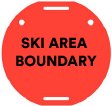
Ski Area Boundary - Not Patrolled
This sign clarifies the boundary of the ski area in some trails where the trail boundary is not clearly defined. Please note that areas outside the boundaries of a run are not patrolled. Skiing outside of the ski area boundaries is prohibited as the terrain is not controlled or monitored by our patrollers and may not have a safe exit. Persons requiring off-piste rescue will be charged for their rescue.
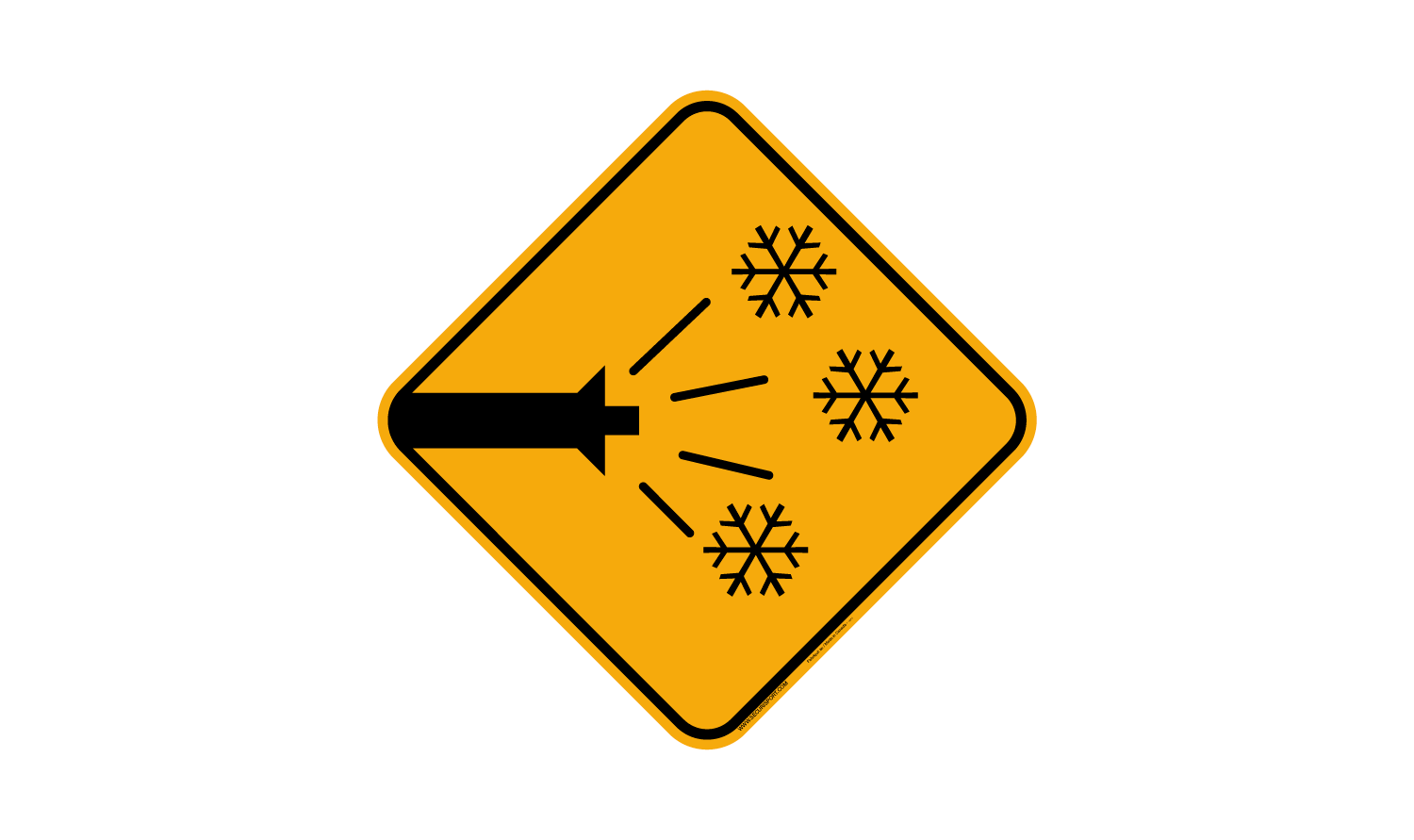
Snowmakers at work
This sign indicates the presence of snowmaking equipment on the trail, either stationary or operating. It is important to remain vigilant and avoid approaching the equipment, as one of the dangers is that the machines are under pressure. It is also important to be aware of the sticky texture of fresh artificial snow and the snow clouds when the machines are in operation which may obstruct your vision. If a trail is closed for snowmaking, it is very important to follow the signs, as crews and machinery may be on the trail.

Training Zone
This sign indicates the presence of racing equipment and teams in training on the trail. The track could be open or closed, depending on the type of training. If the track is open, it is important to respect the training areas and remain vigilant when riding, as equipment may be in your way.
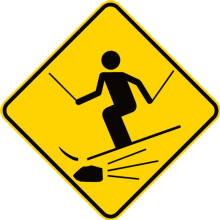
Uncovered areas
This sign indicates the presence of uncovered areas and rocks on a trail. It is the skier's or snowboarder's responsibility to remain vigilant while skiing in order to avoid injuries and/or equipment breakage.
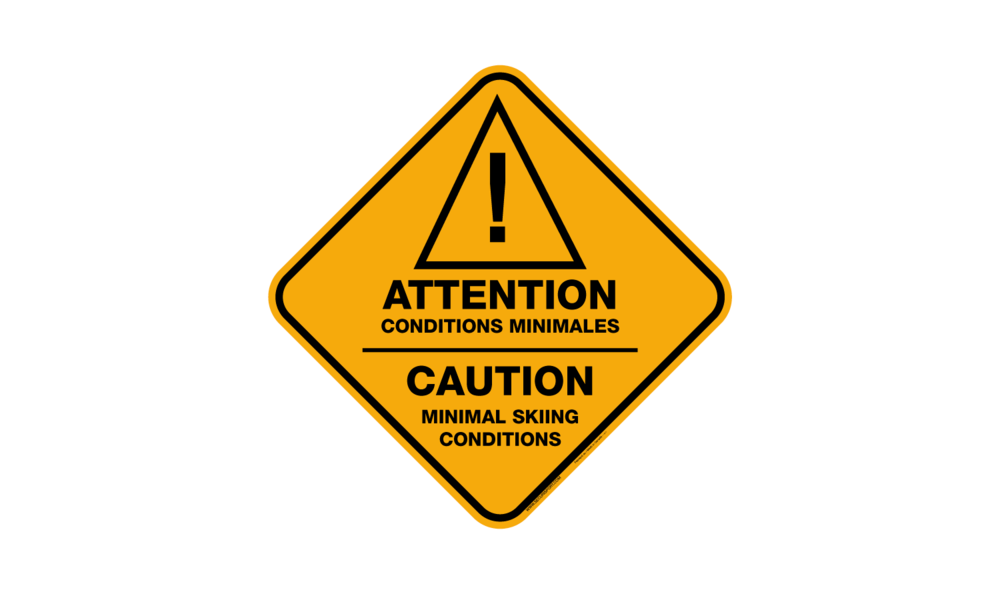
Minimal skiing conditions
This sign indicates that the trail has limited snow cover, but is still "skiable" with caution. The trail may have exposed rocks, streams or partial cuts in the snow cover. Damage to your equipment is likely. Ski with care and be prepared for the unexpected.
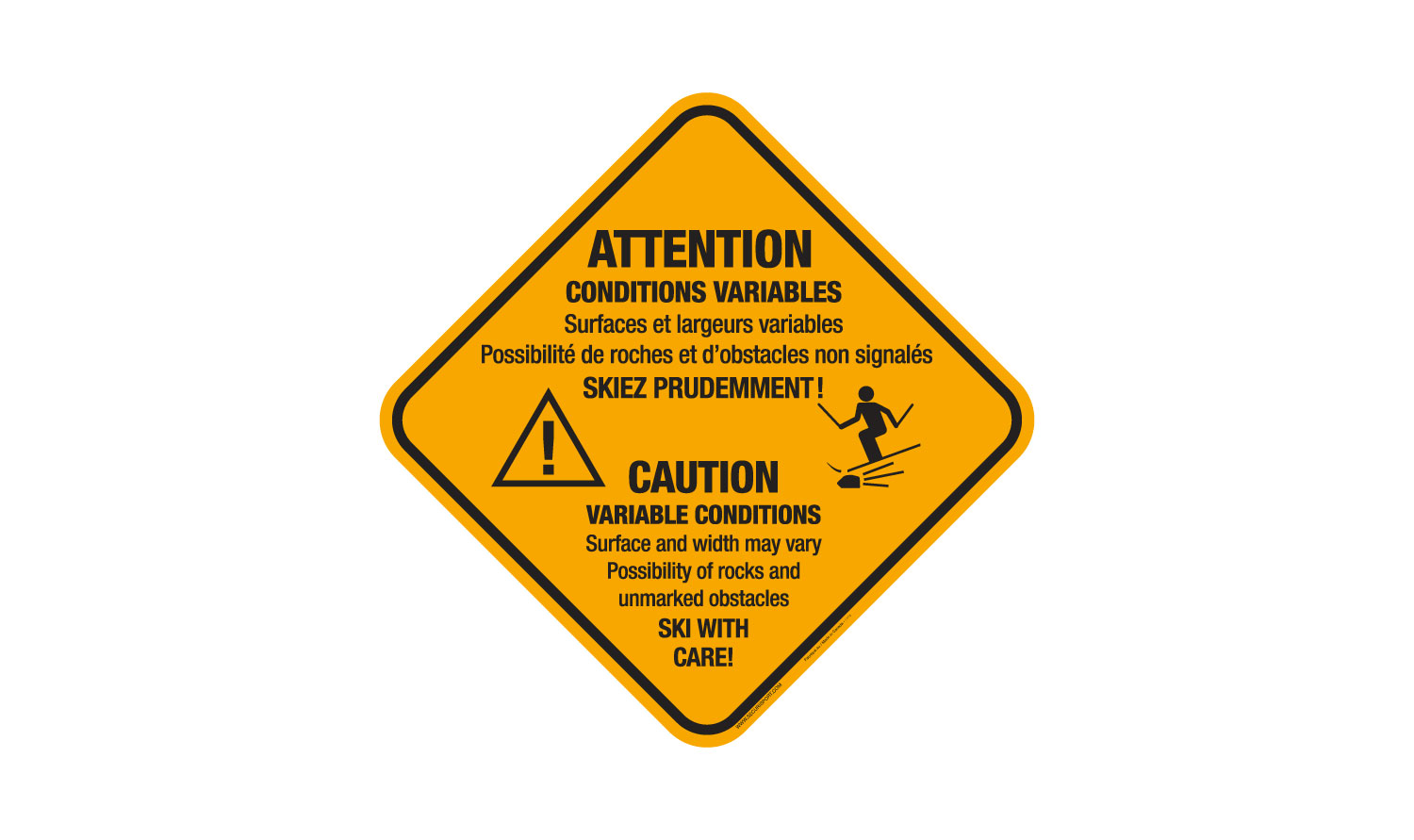
Variable conditions
This sign indicates that the trail surface is smaller than normal, which means that the snow depth is not constant and the width of the trail may vary. Rocks and other unmarked obstacles may also be present on the trail. Ski with caution.
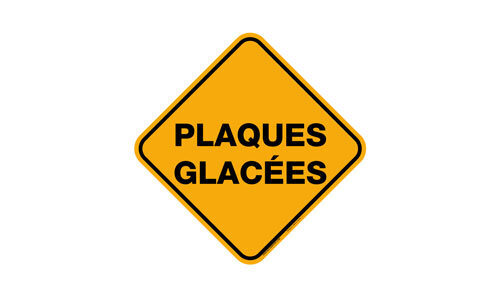
Hard-packed
This sign indicates the presence of hard-packed snow patches on the trail, which may be exposed or partially covered by a thin layer of snow. Ski with caution and venture out on the trail with sharp equipment.

Slow Down
Slow Down banners and signs indicates that you are entering a Slow Zone. A Slow Zone may be at the intersection of several trails, or in an area on the mountain where speed poses a risk of injury or collision. Failure to comply with the "speed limit" may result in lift privileges being revoked.
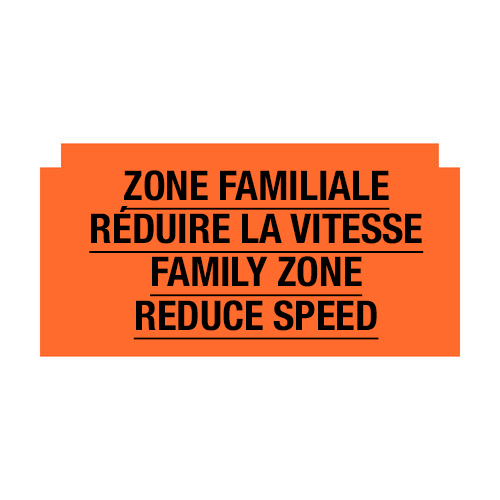
Family Zone
Family Zones are trails where beginner skiers and families can enjoy a safe and enjoyable ride. Within a family zone, skiers and snowboarders must ski at a reduced speed and stay away from first time skiers or beginners. Speeding is prohibited and may result in the loss of lift privileges.
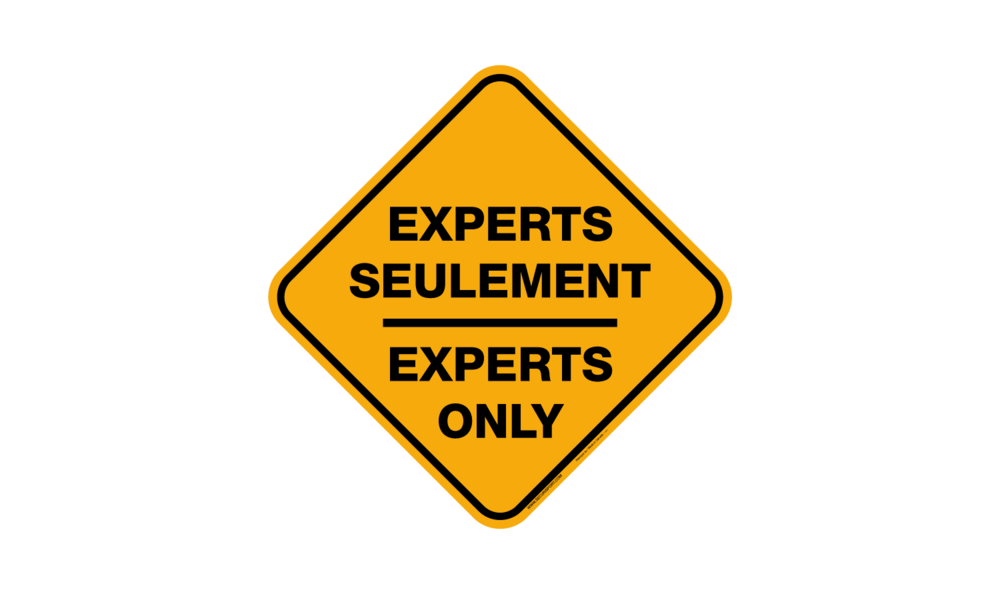
Experts only
This sign indicates an area of the mountain reserved for expert skiers. It is the skier's responsibility to recognize their abilities and to enter an "Experts Only" area only if they are capable.
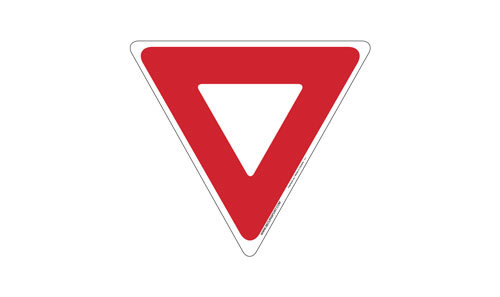
Yield
This sign indicates the crossing of two or more trails. When the "Yield" sign is in the trail, it is important to look uphill to see if the way is clear before entering the trail, or to give way to downhill skiers if there is any. Failure to yield could result in an accident for which you may be responsible.
![remonte_enfant_135cm[42]](https://ski-stoneham.com/wp-content/uploads/2024/01/remonte_enfant_135cm42-scaled.jpg)
Minimum height of 135cm to take chairlift alone
Did you know that it's difficult for children under 135 centimetres to lower or raise the chairlift bar on their own? That's why children under 135 cm must be accompanied by an adult on chairlifts, to ensure a safe presence at all times.
In accordance to the Responsibility Code, here is three actions every skier and rider can take to help keep themselves and those around them safer on the slopes :
Be Ready – Be ready to slow down and avoid any objects or other people at any time. Ski and ride in a way where you will always be able to stop or avoid others and objects you may encounter on the run, regardless of conditions, groomed or otherwise.
Stay Alert – Stay alert to what’s going on around you, especially if there is other skiers and riders around. Being aware of the people around you and the conditions that may change will help you have a fun and safe day on the hill.
Plan ahead – Slow down for blind spots, check uphill when merging onto trails and give other skiers plenty of room when passing. Be on the look out in areas where traffic merges, or where you can’t see what’s coming next. If you are unfamiliar with a run, take it easy the first time around and make note of places where you’ll want to slow down, such as breaks and rollers.
By following these three tips on every run, you’ll help keep the slopes safe and enjoyable, for you and for everyone else.
Even when the resort is closed, our teams are present on the mountain, day and night. A skier, a snowboarder or a hiker who is on the mountain outside of business hours threatens the safety of our employees, as well as his own.
Hazardous conditions – Mounds and snow piles, the angle or curve of the trail and the lack of light are just a few of the factors that could obstruct your vision in the distance and hide you from the view of field crews traveling on snowmobile or in a groomer. Also, trails being groomed may have holes, crevasses, ice patches or other dangerous conditions.
No Help – There is no first aid to help you in case of injury or accident. You could spend several hours in the cold, at risk of hypothermia, before you can get help.
Working equipment – Our field crews are at work day and night on the slopes and are traveling on snowmobiles or with a groomer. When riding, or hiking on closed trails, you risk obstructing the path of our drivers. They do not expect to see unauthorized traffic on closed trails and the low light levels outside of business hours reduce the drivers' visibility, increasing the risk of collision. An accident with a groomer is not an option.
Winch-equiped grommers at work – Groomers that use a winch with a wire rope pose a serious hazard to anyone in the vicinity. This high-tension steel cable is attached to the groomer and can be up to 1 km long. It is often invisible because it is buried under the snow. The most common danger is that when the machinery is moving, the cable can suddenly come out of the snow and whip anything in the vicinity. Also, if the cable breaks, the released tension turns the cable into a whip and anyone around the cable could be seriously injured.